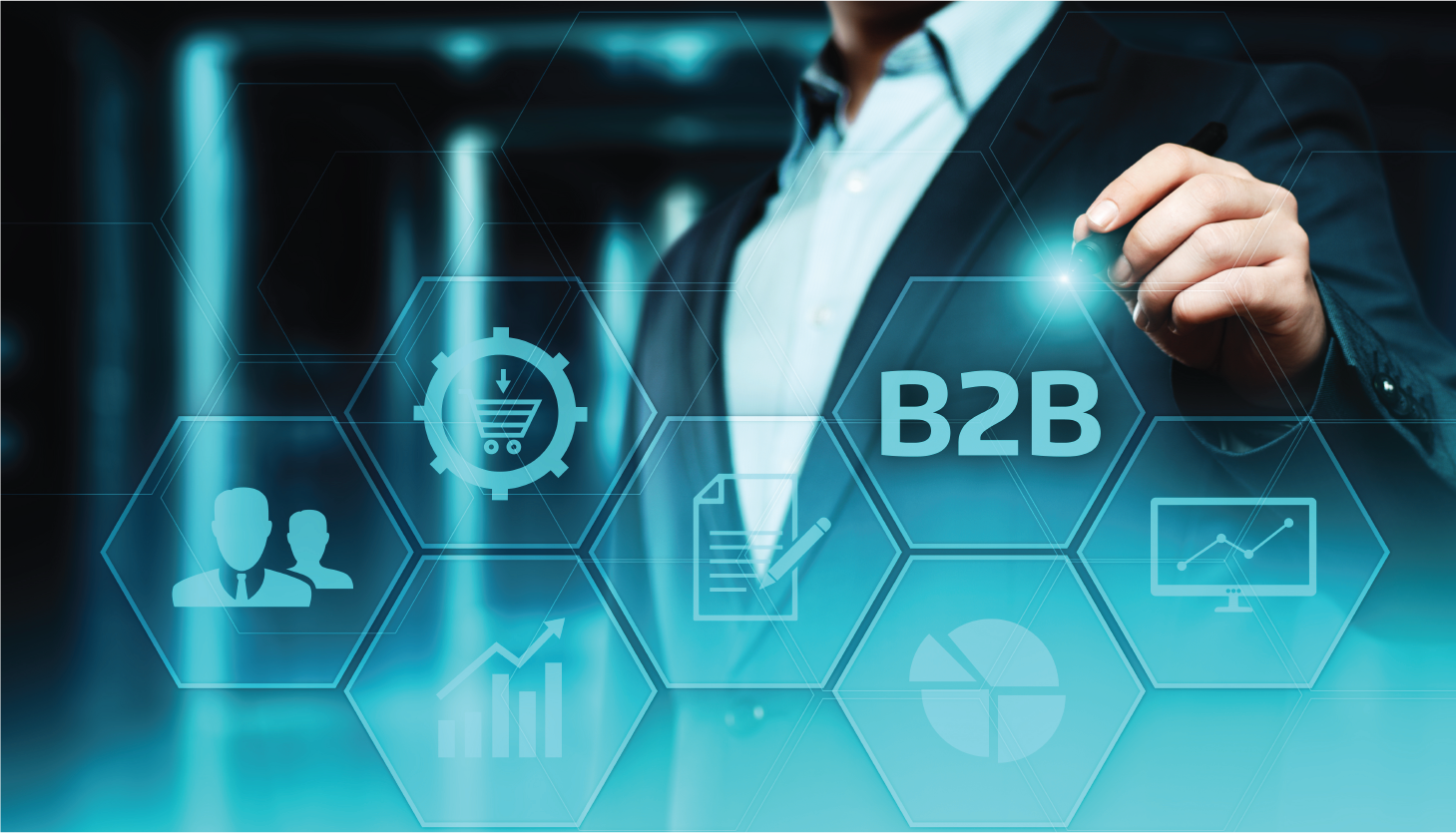For B2B marketing businesses, this is a do-or-die situation. It’s one thing to battle with altering consumer behavior in a setting that isn’t set up to do so. However, the technological ecosystem is now ready to support the solutions that B2B marketers want. Customers want marketers to provide an evolved experience, and marketers must rise to the occasion.
For B2B marketers, this isn’t the time to relax. It’s been a lengthy and challenging couple of years, full of upheaval, adaptability, and quick change. After the previous several years, marketers must be exhausted, but they can’t afford to let up on the gas pedal. The decisions B2B marketers make now will determine their success for years to come. This is due to the fact that they have never witnessed a B2B watershed moment quite like the one that will occur in 2022.
Also Read: How Buying Group Marketing Drives Revenue Growth
B2B companies who are able to adapt to the former while adopting the latter will be the market leaders of the future. Here is why.
Expectations that are constantly changing
Whether or whether B2B firms facilitate it, buyers are becoming more self-directed in their B2B purchasing decisions. They are able to do so because of the massive democratization of information that has occurred over the last decade. They are keen to do so because of the ease and empowerment they have gained through improved brand experiences as consumers—as well as the expansion of Direct-to-Consumer (D2C) purchase options in their personal lives.
Then there’s the growing impact of millennials and, increasingly, Gen Z in business-to-business decision-making. According to the 2021 Optimizing SMB Payment report, 74% of millennial B2B customers had switched suppliers because they discovered a new firm that provided B2B experiences that were more similar to what they had grown to expect on the consumer side, particularly when it came to payments. That statistic should serve as a stark warning to B2B marketers. These purchasers are not just expressing a desire; they are changing their suppliers’ behavior in order to acquire what they want.
Also Read: Top Five Skills Modern CMOs Need in 2022
These new dynamics are too crucial for B2B marketers to ignore. They must commit to learning about their customers’ changing expectations and measuring themselves and their systems against those expectations. How close is the organization to achieving new client expectations for convenient and valuable transactions and experiences? When it comes to keeping up with these client needs, what are the organization’s present degrees of digital maturity and technical sophistication? B2B marketers must examine their skills and internal processes critically before charting a strategy based on a candid requirements assessment.
The next phase of Business-to-Business (B2B)
The advancement of technology to meet specific B2B requirements is speeding up, and the marketplace will follow suit. Artificial Intelligence (AI) and Machine Learning (ML) will increasingly be used to acquire B2B first-party data, allowing businesses to broaden the scope of the personalized products they provide to consumers and prospects.
B2B firms will be able to better give next-best-purchase advice to consumers based on trends displayed by other customers similar to them, similar to consumer-side experiences. These suggestions may not fit into the usual sales cycle, but AI-driven data insights will open up new avenues for not only sales but also for deeper customer connections and loyalty. B2B companies that include these developing decision-making skills into their technology and marketing roadmaps will now be ahead of the game.
For more such updates follow us on Google News TalkCMO News. Subscribe to our Newsletter for more update







